17 Reasons You’ll Love Having A Pet Tarantula (If They Don’t Freak You Out)
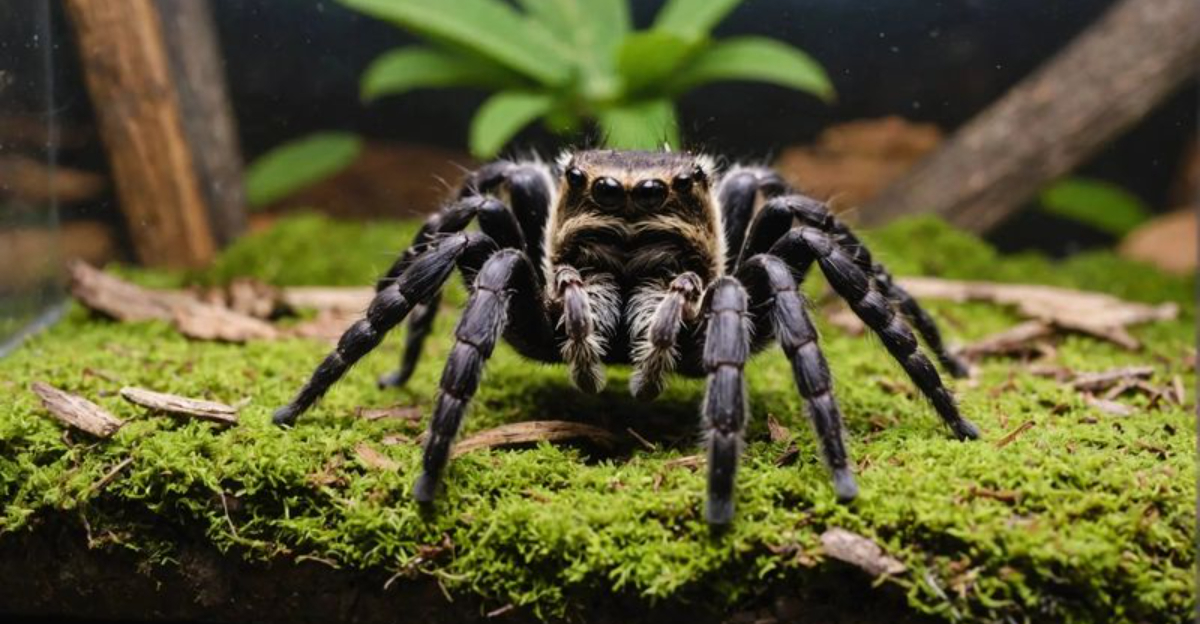
Eight fuzzy legs, multiple eyes, and that distinctive creepy-crawly movement – tarantulas might seem like the stuff of nightmares for many. But beneath that intimidating exterior lies one of the most fascinating, low-maintenance, and rewarding exotic pets you can own.
If you can get past their somewhat spooky appearance, these eight-legged companions offer surprising benefits that might just make you a spider enthusiast.
1. Silent Roommates That Never Complain
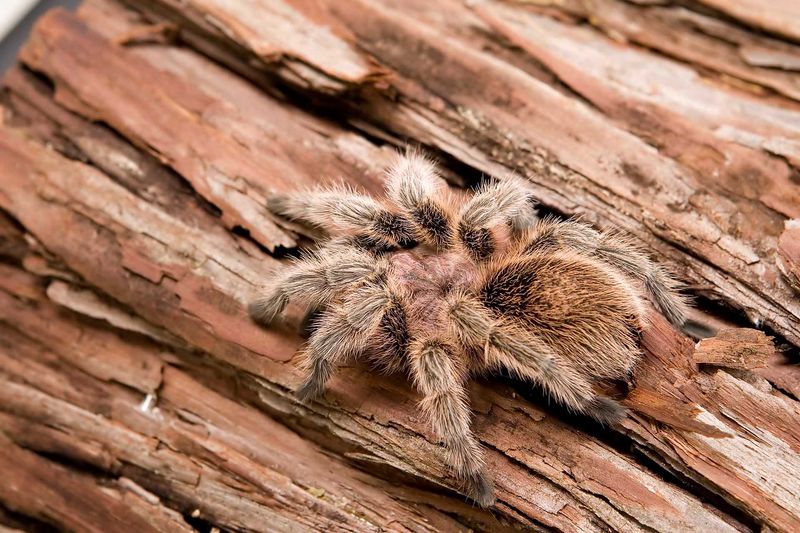
Unlike barking dogs or screeching birds, tarantulas are practically silent companions. They won’t wake you at dawn demanding breakfast or howl when you’re on an important call.
Their quiet nature makes them perfect apartment pets, even in places with strict noise regulations. You’ll appreciate the peaceful coexistence as they go about their spider business without any soundtrack.
2. Ridiculously Low Maintenance Requirements
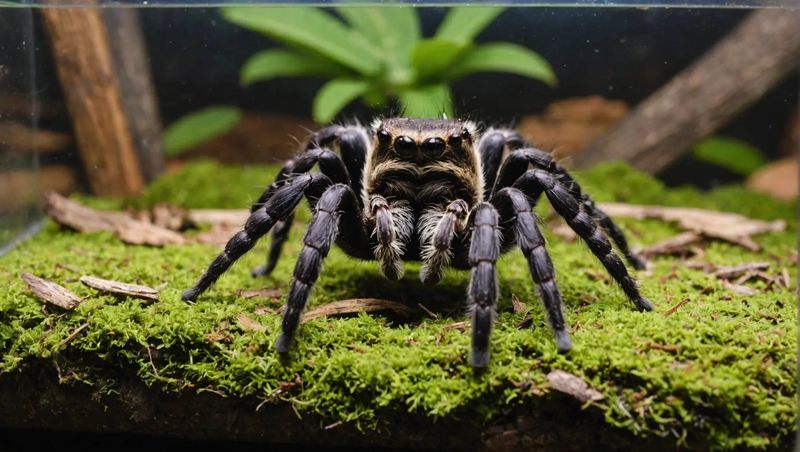
Forget daily walks, constant feeding, or regular baths. Most tarantula species eat just once a week, and some adult females can go months between meals without any issues.
Their enclosures need minimal cleaning since their waste is tiny and infrequent. Water changes and occasional substrate refreshes are all they need.
3. Budget-Friendly Pet Ownership
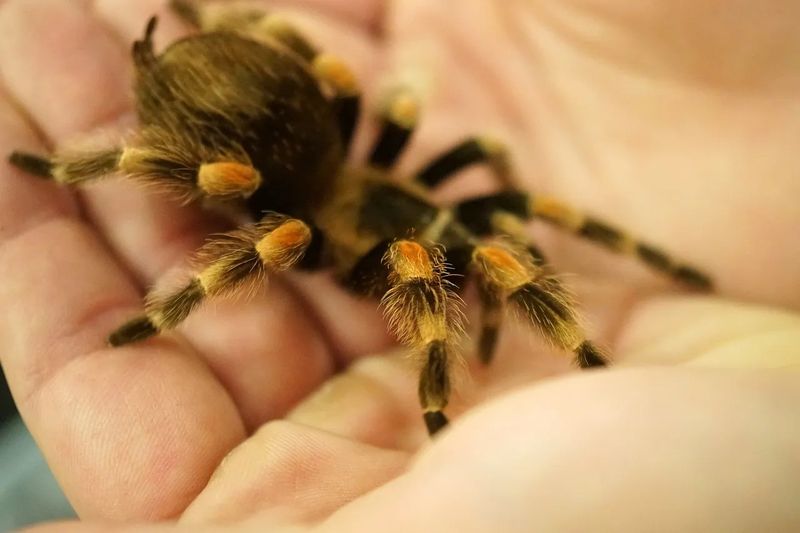
Once you’ve purchased your tarantula and set up its habitat, ongoing costs are remarkably low. Their food (primarily crickets or mealworms) costs just pennies per meal.
No vet visits, no vaccinations, no grooming appointments – just basic supplies that last for months. Compare that to the thousands spent annually on dogs or cats! Even specialty species won’t drain your wallet after the initial investment.
4. Space-Saving Pet Solution
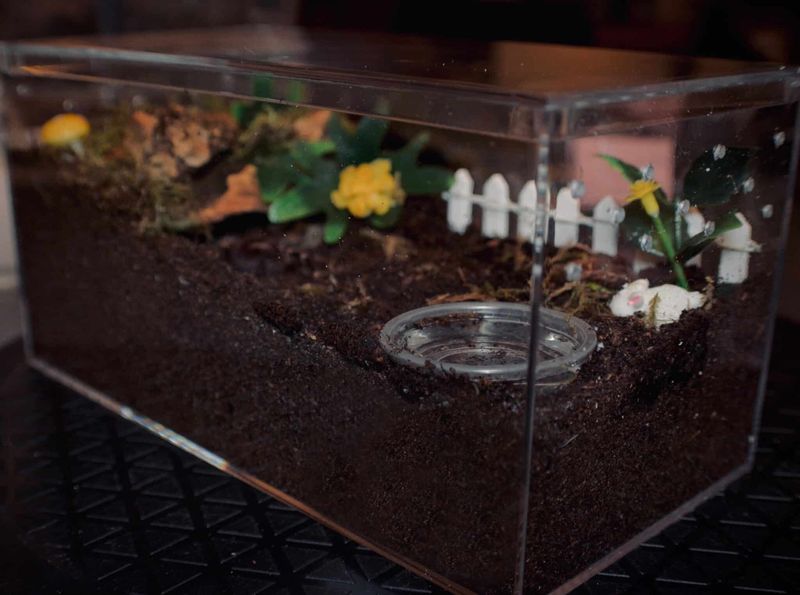
Living in a tiny apartment? No problem! Most tarantulas thrive in enclosures no larger than a shoebox. Their minimal space requirements make them ideal for dorm rooms, small apartments, or any living situation with limited square footage.
Unlike other exotic pets needing elaborate setups, these eight-legged friends are content in compact quarters. Their terrarium can easily fit on a desk or bookshelf without dominating your living space.
5. Fascinating Molting Process
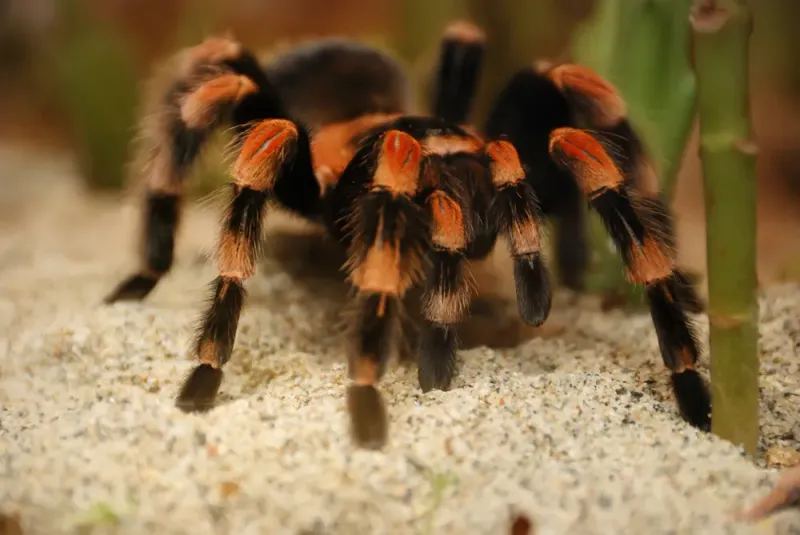
Witnessing a tarantula molt is like watching a magic trick. Your spider friend will flip onto its back, appearing dead, before slowly wiggling out of its old exoskeleton.
Hours later, a brighter, often larger spider emerges, leaving behind a perfect shell of its former self. This remarkable process happens several times yearly for juveniles and annually for adults.
6. Long-Lived Companions
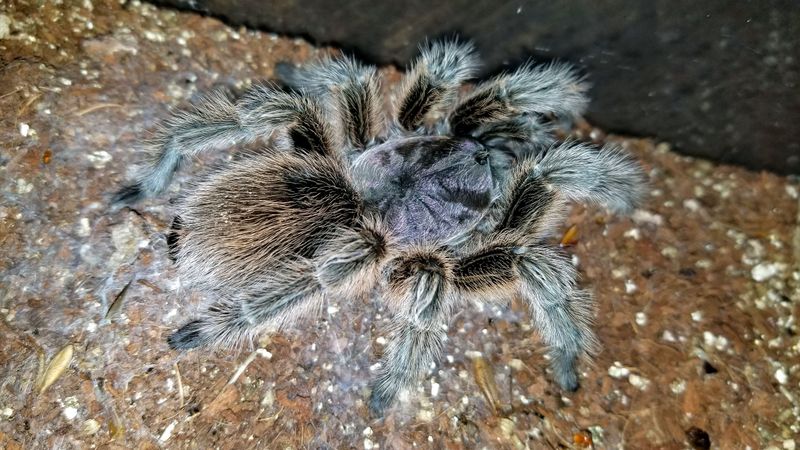
Female tarantulas are among the longest-lived pets around, with many species surviving 20-30 years in captivity. That’s longer than most dogs, cats, or rabbits!
This impressive lifespan means your eight-legged friend can accompany you through major life changes. While males typically live shorter lives (4-8 years), they still outlast many common pets like hamsters or mice.
7. No Allergy Worries
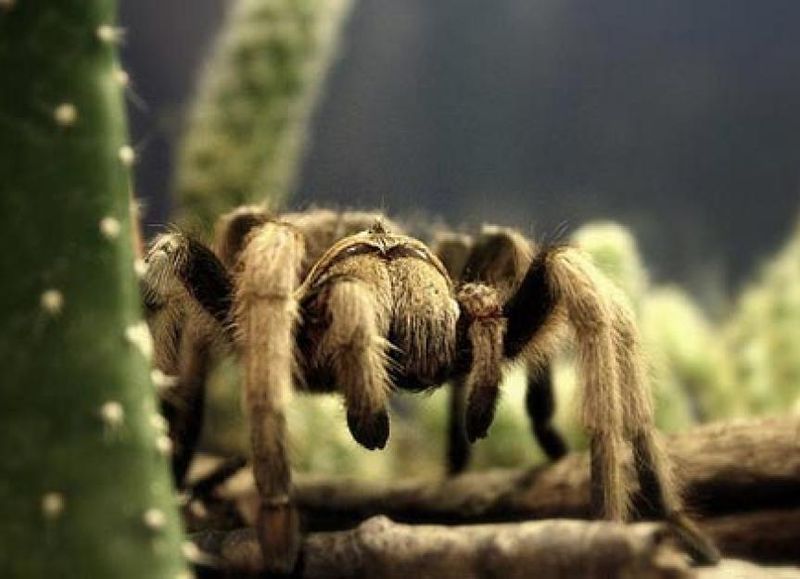
For allergy sufferers, tarantulas are a dream come true. Unlike furry pets that trigger sneezing fits and watery eyes, these arachnids don’t produce dander or other common allergens.
Their exoskeleton doesn’t shed microscopic particles into the air like fur or feathers. You can enjoy pet ownership without antihistamines or air purifiers!
8. Natural Pest Controllers
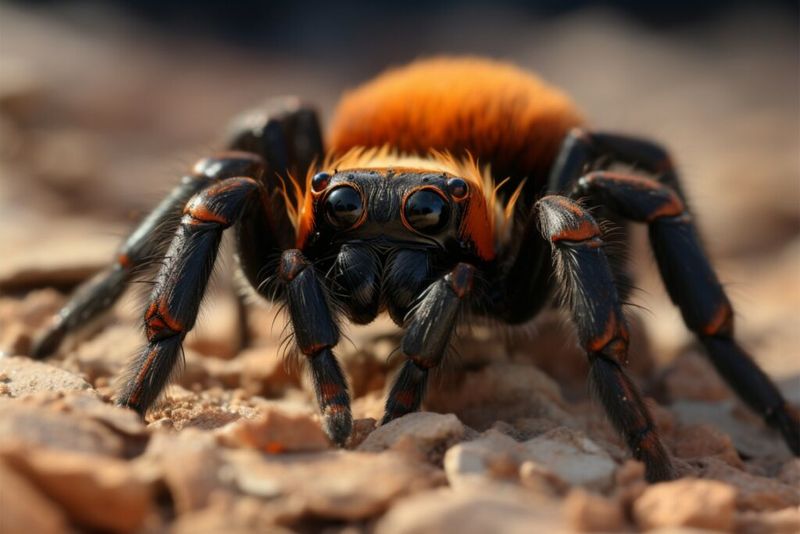
Your eight-legged roommate doubles as an organic pest management system. Any stray cricket, fly, or small insect that finds its way into the enclosure becomes dinner.
While you shouldn’t release your tarantula to roam free, their very presence often deters other spiders from setting up shop nearby. Many owners report fewer household pests after getting a tarantula, as if other bugs somehow sense the predator’s presence.
9. Incredible Diversity Of Species
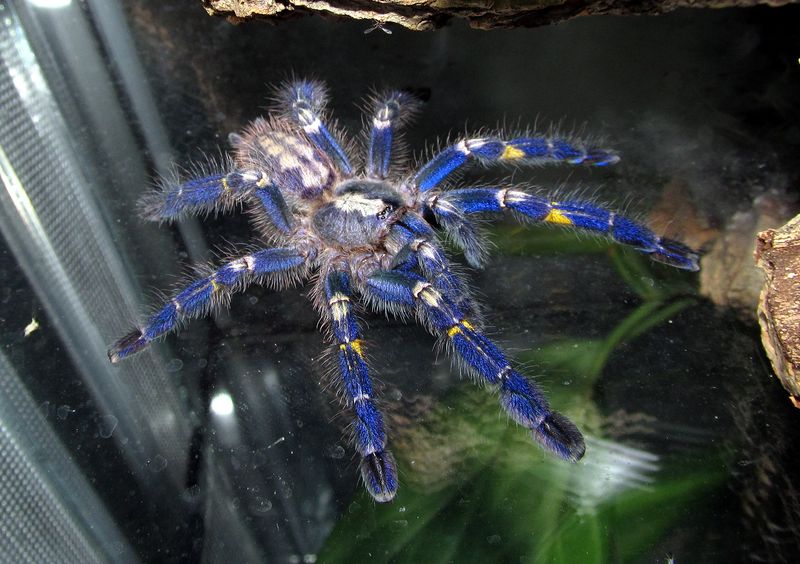
With over 900 tarantula species worldwide, there’s endless variety to explore. Beginners might start with docile Chilean Rose Hairs, while experienced keepers might graduate to stunning Electric Blue tarantulas or massive Goliath Birdeaters.
They come in vibrant colors from electric blue to metallic pink, with different sizes, temperaments, and care needs. This diversity means you can build a fascinating collection, each with unique characteristics.
10. Perfect Conversation Starters
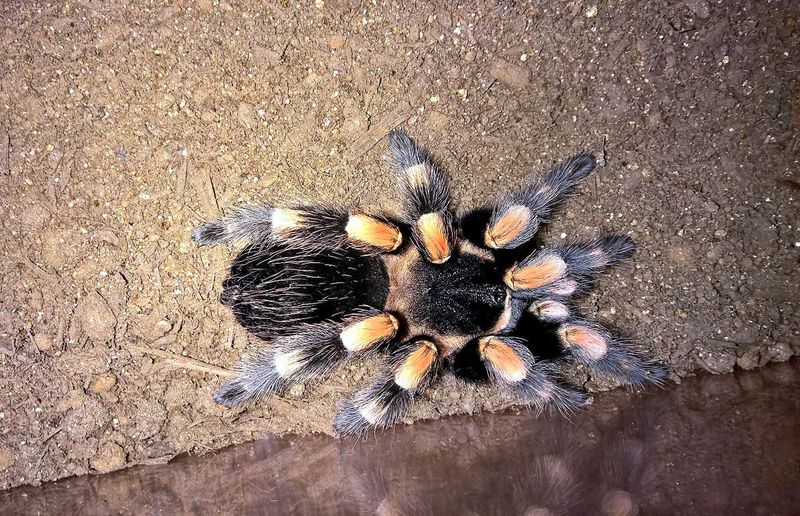
Nothing breaks the ice at social gatherings quite like mentioning your pet tarantula! These unconventional companions instantly make you more interesting and spark curious questions.
Your knowledge about arachnids becomes a fascinating talking point. Even friends who initially recoil will often become intrigued after learning about their behaviors and care.
11. Surprisingly Graceful Movements
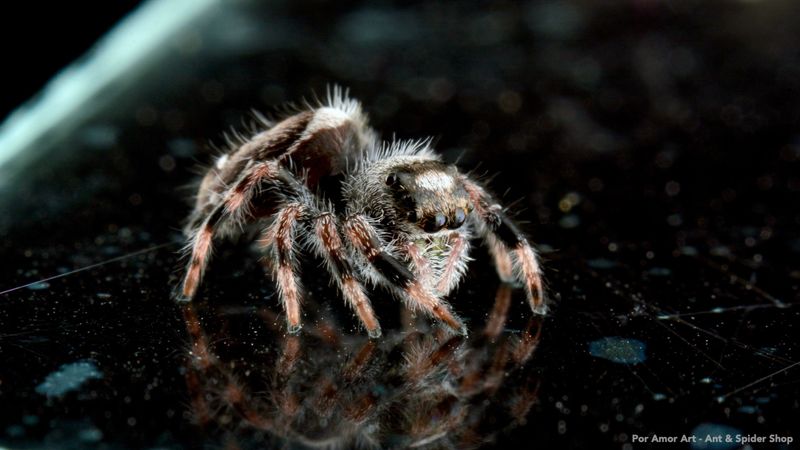
Despite their somewhat intimidating appearance, tarantulas move with unexpected elegance. Their deliberate, almost choreographed movements are mesmerizing to watch.
When not startled, they place each leg with precision, creating a flowing motion across surfaces. This natural grace becomes apparent when they hunt, construct burrows, or explore their environment.
12. Intriguing Nocturnal Behaviors
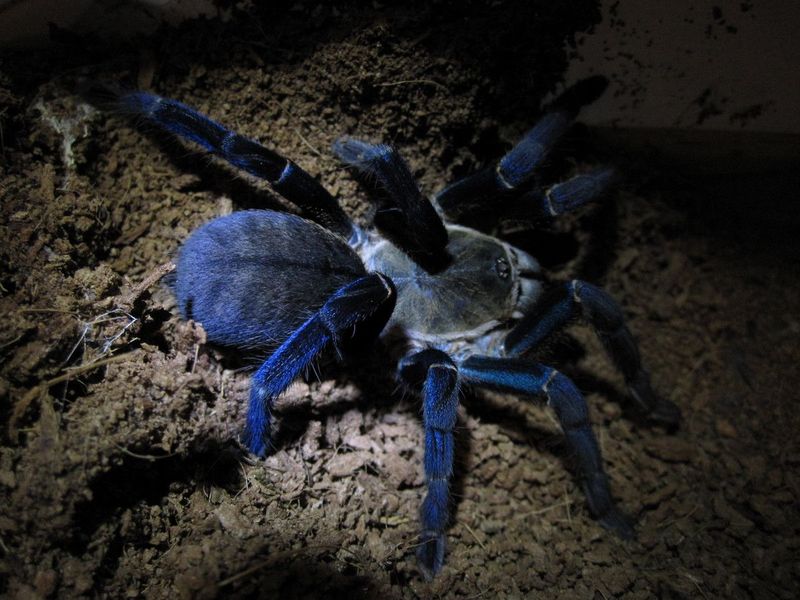
Night owls will appreciate these primarily nocturnal creatures. As you wind down in the evening, your tarantula is just starting its active period, rearranging its habitat or hunting prey.
Setting up red lighting lets you observe these fascinating behaviors without disturbing them. Many species become more active after dark, revealing personalities that remain hidden during daylight hours.
13. Educational Value For All Ages
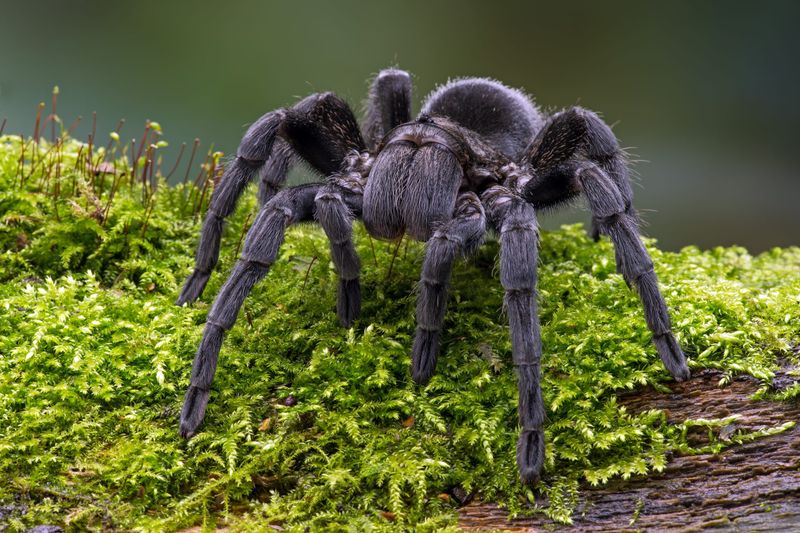
Tarantulas offer incredible learning opportunities about biology, ecology, and animal behavior. Children and adults alike can observe molting, feeding, and web-spinning up close.
Their care teaches responsibility while their biology introduces concepts like exoskeletons and arachnid anatomy. Many teachers keep classroom tarantulas because they spark scientific curiosity.
14. Minimal Vacation Care Concerns
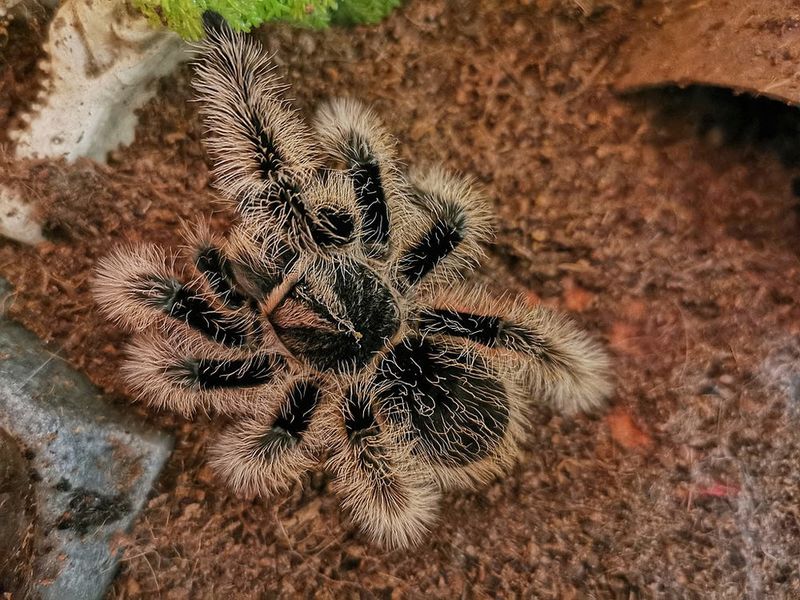
Planning a two-week getaway? Your tarantula will be just fine! With a fresh water dish and proper enclosure humidity, most species can be left unattended for a week or more.
For longer trips, a friend need only check in once weekly for feeding and water. This self-sufficiency eliminates expensive boarding or pet-sitting arrangements. Travel without the guilt that comes with leaving needier pets behind!
15. Eco-Friendly Pet Option
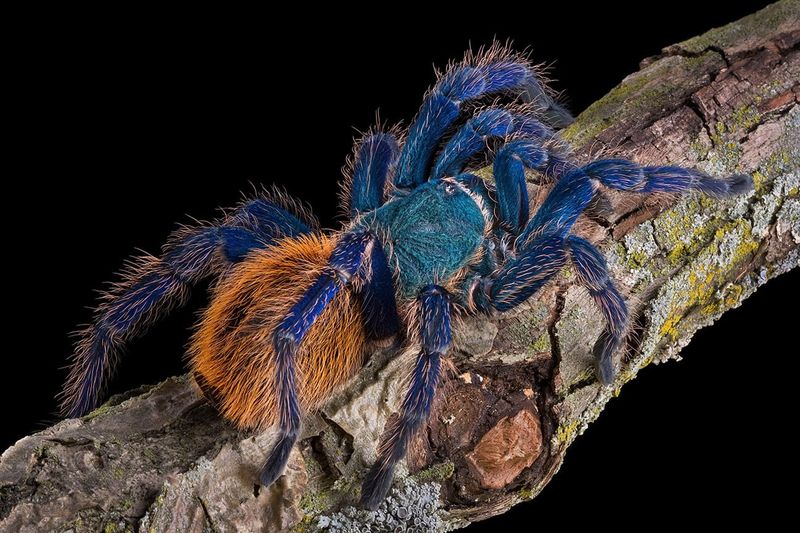
Environmentally conscious pet owners rejoice! Tarantulas have a tiny ecological footprint compared to traditional pets. They consume minimal resources and produce negligible waste.
Their food (crickets or mealworms) requires far less land, water, and energy to produce than pet foods with meat ingredients. Their habitats use minimal materials, and they don’t need resource-intensive products like toys, clothes, or accessories.
16. Independent Personalities Without Neediness
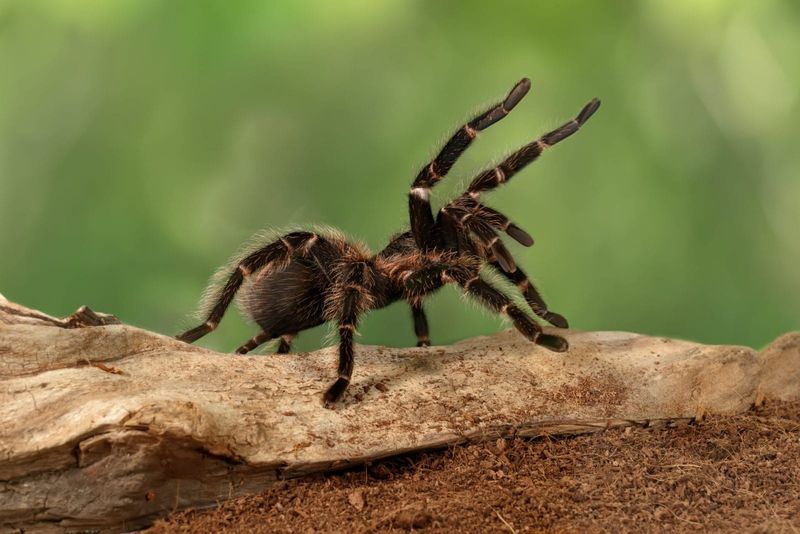
Unlike dogs that develop separation anxiety or cats that demand attention, tarantulas are completely self-sufficient emotionally. They don’t experience loneliness or require affection to thrive.
This independence means you’ll never face guilt trips when you’re busy. They won’t pine for you or act out when ignored. For people with unpredictable schedules or those who value their personal space, this emotional self-sufficiency is incredibly freeing.
17. Unique Web-Spinning Abilities
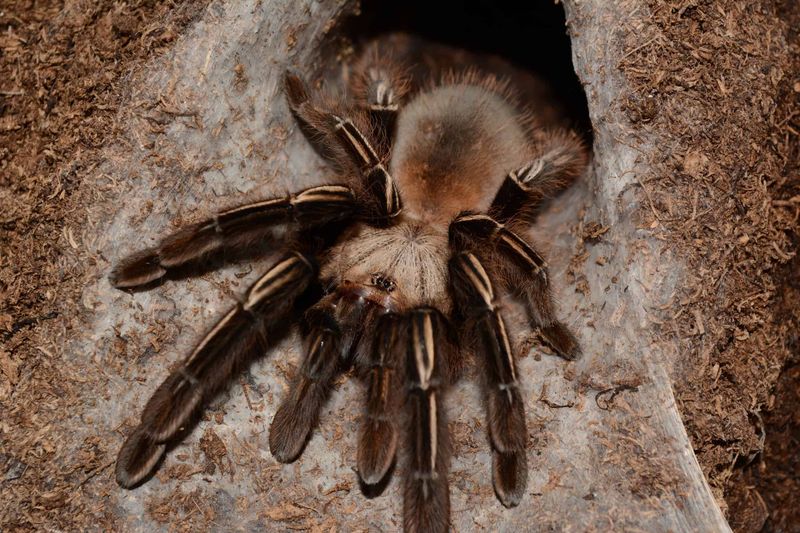
Watching a tarantula create silk structures is a fascinating glimpse into natural engineering. Unlike typical spiders, they don’t build elaborate catching webs but instead produce silk for practical purposes.
They’ll line burrows, create trip lines that alert them to prey, or construct silken retreats. Some species even incorporate substrate and decorations into their designs. This architectural behavior changes with seasons and life stages, providing endless observation opportunities.





